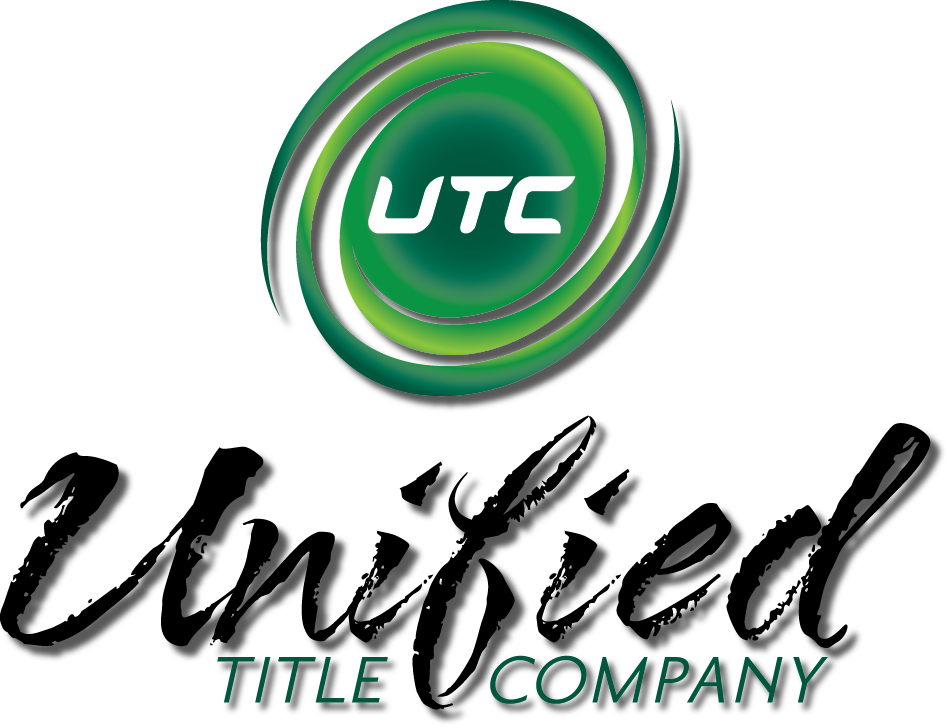Owner’s Title Insurance Policies
An owner’s title insurance policy (“OTP”) insures a buyer of real property that at the time of purchase the buyer (i) has legal access to the property; (ii) is the owner of the property and no one else has a claim of ownership. The OTP further assures that (iii) the property is free and clear of liens, except those that may be created by the buyer at or after the time of purchase (e.g., a mortgage lien in favor of the buyer’s lender); and (iv) there are no title defects that would affect future marketability.
An OTP does not insure the buyer against all of the risks associated with ownership of real estate. For example, it does not cover destruction of improvements by fire (hazard insurance) or flood (flood insurance). Nor does the OTP protect against loss of the property by foreclosure if the insured stops making mortgage payments.
And the OTP is further limited by exclusions set forth on the policy jacket and specific exceptions related to the property. Exceptions are the title insurance equivalent to pre-existing condition limitations on health care coverage. That is, they narrow the scope of what a policy generally insures. Subdivision covenants are an example of a common exception. Covenants may address the size, height, color and/or style of a home, its landscaping, etc. Covenant violations may result in fines or other penalties that are not covered by title insurance.
An exception may negate a portion of policy coverage entirely. For example, if a property does not abut a dedicated public road, a policy will not insure access. That is not to say the property lacks access. Rather, you assume the risk that rights related to (private) access may be changed or terminated.
It is important for buyers to read title insurance commitments carefully in order to make sure that policy limitations are acceptable.
